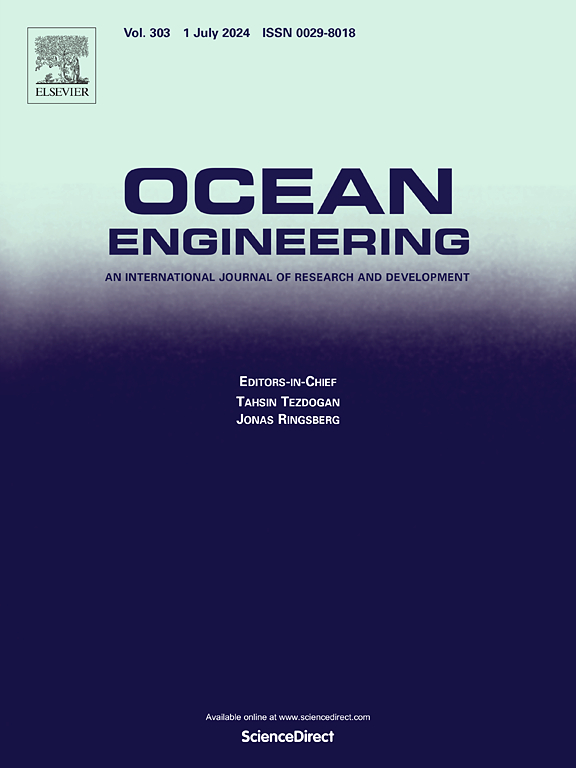深水钻井过程中考虑井-层耦合的呼吸效应机理及智能识别方法
IF 4.6
2区 工程技术
Q1 ENGINEERING, CIVIL
引用次数: 0
摘要
为了满足日益增长的全球能源需求,深水油气资源的开发变得越来越重要。然而,深水井狭窄的安全钻井窗口和复杂的应力环境带来了重大的技术挑战。其中一个问题是地层呼吸效应,这是一个由于裂缝打开和关闭而导致钻井液交替流失和回流的过程,可能被误解为井涌或漏失,从而可能导致井控事故。为了更好地理解和管理这个现象,一个专门的实验装置被设计来模拟呼吸效果。建立了考虑非定常井筒流动、裂缝变形、流体可压缩性、流动阻力和等效损伤半径的综合耦合流动模型。提出了求解模型的数值方法,并应用于现场实例研究。结果提供了深入了解呼吸效果的动态特性。在此基础上,建立了一种基于模式识别的识别方法,显著提高了检测精度。该研究为深水钻井作业中地层呼吸的准确识别和有效管理提供了重要的技术支持,有助于提高海上资源开发的安全性和效率。本文章由计算机程序翻译,如有差异,请以英文原文为准。
The mechanism of breathing effect and intelligent recognition method considering wellbore-formation coupling during drilling in deepwater
The development of deepwater oil and gas resources has become increasingly vital to meeting rising global energy demands. However, the narrow safe drilling window and complex stress environment in deepwater wells introduce significant technical challenges. One such issue is the formation breathing effect, a process involving the alternate loss and return of drilling fluid due to fracture opening and closing, which may be misinterpreted as well influx or loss, potentially leading to well control incidents. To better understand and manage this phenomenon, a specialized experimental apparatus was designed to simulate the breathing effect. A comprehensive coupled flow model was developed, accounting for unsteady wellbore flow, fracture deformation, fluid compressibility, flow resistance, and equivalent damage radius. A numerical method was proposed to solve the model and applied to field case studies. The results provided insight into the dynamic characteristics of the breathing effect. Based on these findings, a pattern recognition-based identification method was established, significantly enhancing detection accuracy. This research offers important technical support for the accurate identification and effective management of formation breathing during deepwater drilling operations, contributing to improved safety and efficiency in offshore resource development.
求助全文
通过发布文献求助,成功后即可免费获取论文全文。
去求助
来源期刊

Ocean Engineering
工程技术-工程:大洋
CiteScore
7.30
自引率
34.00%
发文量
2379
审稿时长
8.1 months
期刊介绍:
Ocean Engineering provides a medium for the publication of original research and development work in the field of ocean engineering. Ocean Engineering seeks papers in the following topics.
 求助内容:
求助内容: 应助结果提醒方式:
应助结果提醒方式:


